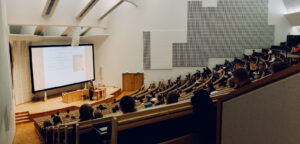
Practical Strategies for Excellent Classroom Discussions
Current global events, including a rise in nationalistic rhetoric, have put pressure on faculty from all disciplines to be able to facilitate discussions without disenfranchising or excluding any students. I’ve been teaching discussion-based courses for 25 years, and my own methods have evolved and grown,











